This post contains affiliate links which means I may receive a commission at no extra cost to you if you make a purchase after clicking one of my links.
Cleaning with microfiber has been popular in Europe for many years, and is becoming more popular in North America in recent years. Two of the biggest brands of microfiber cleaning products are E Cloth and Norwex. In the E Cloth vs Norwex debate, which one comes out on top? Their prices vary quite a bit, so does that mean one is worse than the other? What are the differences?
Why Clean With Microfiber?
Microfiber may just look like a simple rag, but combined with a little bit of water it is a cleaning powerhouse!
Being that it can be used with just water, it eliminates the need for expensive cleaning solutions. It is incredibly multi-functional, and it can be used for almost any general cleaning job like counters or sinks, shining stainless steel, cleaning bathrooms…you definitely get your money’s worth by using these for almost every household job and reusing them for years.
Along with saving money, microfiber is a healthier and safer way of cleaning. Most cleaning solutions contain harmful chemicals and fragrances, but with microfiber, you don’t need to worry about those anymore. If you have small children that can break through child locks, this is a huge perk.
It can really simplify your cleaning cabinet. So what if your toddlers gets a hold of your microfiber rag? Maybe they’ll get some cleaning done for you. 😉 Either way, you don’t need to worry about them drinking or eating something that can kill them when your back is turned with microfiber.
Even though you just add water, it is still incredibly effective. Microfiber is proven to pick up over 99{9994046f29331ee04cc0b5e07eb28364315ea03ccc2f01b5a43e8b85b372d1e9} of bacteria from surfaces. The texture is great for scrubbing, picking up dirt and grime, and leaving surfaces smooth and shiny, but without the abrasiveness of many other cleaning cloths or devices.
Microfiber is also significantly less wasteful than cleaning with paper towels, and it reduces the number of plastic bottles and aerosols most people have for cleaning. For that reason, it is better for the environment.
Cons of Microfiber
There are some criticisms against microfiber.
Microfiber cloths contain plastics. If you have been following the news at all, the concerns surrounding plastics are increasing. Microfiber is reusable and can be used over and over again, so it’s not in the same category as single-use plastics.
However, when washing microfiber, little microbeads can break off and end up getting washed down the drain. This has the potential to end up in aquatic ecosystems and cause problems. I do want to point out that this is more of an issue with cheap microfiber, and high-quality tightly wound microfiber cloths do not shed as much.
When you look at alternatives (paper towels and cotton towels), there are criticisms for those, too. Paper towels require tons of trees to be cut down and are difficult to recycle (and most people don’t recycle them). Even if they do get recycled, paper can only be recycled a few times before it’s unusable.
Conventionally grown cotton also has a significant impact on the environment with excessive water resources and pesticides used.
What it boils down to is this: there is no perfect way to live on the earth with zero impact. We can only do the best we can with the resources that we have. Most families that use microfiber have a modest amount of cloths and use them for a long time. Any microbeads that end up washing down the drain are minimal compared to the impact of many other things. Also, this is not limited to microfiber. Anytime you run a load of laundry containing clothing that isn’t made from 100{9994046f29331ee04cc0b5e07eb28364315ea03ccc2f01b5a43e8b85b372d1e9} cotton, you risk microbead shedding.
There are also ways to reduce the shedding of microbeads. First, rinse and hang dry your microfiber when you can to avoid throwing it in the washing machine frequently. When it does need to be washed, hand wash gently in the sink and hang dry. Save the washing machine for when it is heavily soiled. The agitation of most washing machines will be harder on the microfiber and cause more shedding than hand washing will.
Lastly, you can invest in high-quality microfiber to reduce the amount of microbead shedding. Norwex and E Cloth are two high quality brands.
What Is Norwex?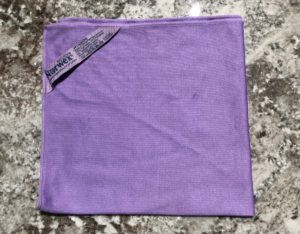
Norwex is a multi-level marketing (MLM) company based out of Norway focused on creating a “safe haven” with non-toxic cleaning materials. Norwex is unique due to their patented “Baclock” technology. Baclock is an antibacterial silver agent that is embedded in the inner layer of most Norwex products. The Baclock is supposed to self-cleanse the cloths, keeping mold, mildew, and odors from thriving.
Their Envirocloth is probably one of their most popular items. It is a basic microfiber cleaning rag with an inner layer of Baclock. It is very multi-purpose (hence why it is so popular). It can be used for pretty much anything.
Other popular Norwex items include their mopping system, window cleaning rag, dust mit, and body cloths. You can even get Norwex products for your car!
What is E Cloth?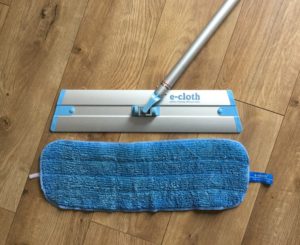
E Cloth is a microfiber cleaning product company from the UK with a wide array of products that compete directly with Norwex. E Cloth products do not have a silver layer embedded in them.
E Cloth used to have some products embedded with a micro silver much like Norwex, but they ended up taking it out of their products because silver is over-hyped and bacteria is removed by proper rinsing and allowing the cloth to dry completely. More on this later.
There is an E Cloth competitive product for almost anything offered by Norwex.
Key Differences
When it comes to the width of the individual microfibers, Norwex and E Cloth are equal (about 1/200 the size of a human hair). The composition of the microfiber itself does vary slightly with E Cloth being an 80/20 blend of polyester and polyamide, and Norwex being a 70/30 blend.
Both are manufactured in Asia, but are fair trade.
There are some differences here and there in the individual products. For example, the mop pad from Norwex is stiffer than the mop pad offered by E Cloth. I don’t believe one is necessarily better than the other, but some people may prefer a thicker or thinner pad for multiple reasons.
A thicker pad may help you get a little more elbow grease when you scrub your floors, but then a thinner pad is much easier to wash. Doesn’t necessarily mean that the thinner pad doesn’t get a good scrub or that the thicker pad doesn’t wash well. They both are quality products. You just might prefer one over the other for whatever reason.
Because the products operate so similarly, the biggest difference between these two brands is the price: E Cloth is generally around 1/3 the cost of Norwex comparable products.
Quality Comparison
If you are considering making the switch to cleaning with microfiber, I think you will be really happy with that decision once you get started. I have never loved the way my home looked more than when I stopped cleaning with cleaners that left residues behind and started using microfiber, which left surfaces smooth and shiny.
My cleaning cabinet is seriously decluttered and simplified now, and I don’t own anything that could harm my kids or pets anymore. But the cleaners I do use are still incredibly effective.
In the video above, you see that E Cloth and Norwex scored equally for removing bacteria from surfaces. So when it comes to getting your surfaces spic and span, you can’t go wrong with either product.
But Norwex contains microsilver. This layer of microsilver is supposed to self-cleanse the cloth and keep any bacteria from growing. Many people believe this sets Norwex apart. But does it really make a difference?
I have many Norwex products and I like them. However, I do not believe the microsilver works. Even with careful rinsing and hang drying according to directions, my Norwex cloths develop odors just the same as my E Cloths. Odors are evidence that bacteria is still growing.
There are also some experiments people have done to show that the Norwex cloths can grow bacteria just the same as other microfiber cloths.
So if that’s the case, is one really better?
Who Is The Winner?
I have both Norwex and E Cloth products. I love and use them both. However, Norwex is considerably more expensive than E Cloth. Is it worth the higher price tag?
If both brands were completely equal in price and I was forced to pick one brand to use for the rest of my life, I would choose E Cloth. I used to think I would choose Norwex, but now that I have owned both products for several years, my E Cloth products have retained their fluffiness better than the Norwex products.
E Cloth also averages about 1/3 the cost of Norwex– huge plus!
Are any of the finishing touches in Norwex products worth paying 3x the cost? In my opinion, no. Both of these brands are high quality and work well.
I use microfiber cloths for much of my cleaning, but when it comes to serious disinfecting (like when my son threw up on his carpet in the middle of the night a few weeks ago), I just don’t totally trust microfiber to handle those “KILL ALL THE GERMS NOW” jobs. Knowing that they can hold on to bacteria, it just isn’t my go-to, but I know other people do it. Check out this post to see my go-to cleaner for serious cleaning jobs without using harsh chemicals.
But for me, going forward I will be purchasing E Cloth products as new needs arise for me. I know there are many loyal Norwex enthusiasts out there that believe the higher price tag is worth it, but to me it just isn’t. They are just for cleaning. They both do a great job. I don’t need the trendiest brand, and to be honest, I’m a little tired of overpaying for MLM products, even if they are great quality.
Right now, E Cloth is offering free shipping for orders over $20. Check out what E Cloth has to offer and get started with safe & healthy cleaning!

Have you tried both E Cloth and Norwex? Which is your favorite brand and why? Let me know in the comments!


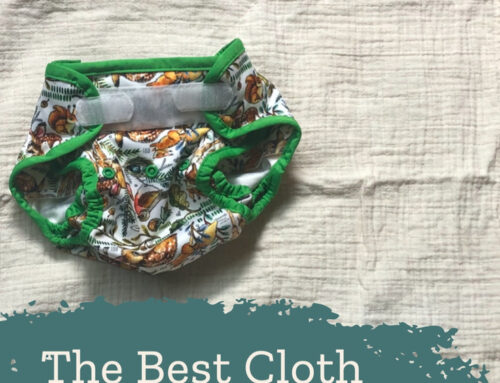
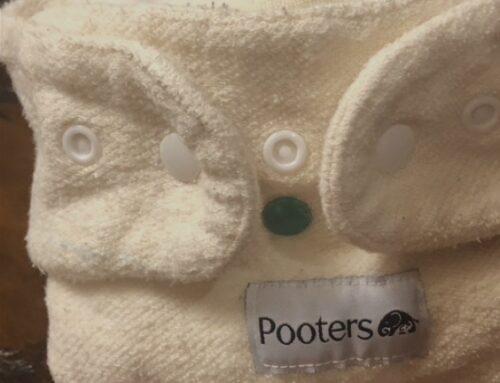
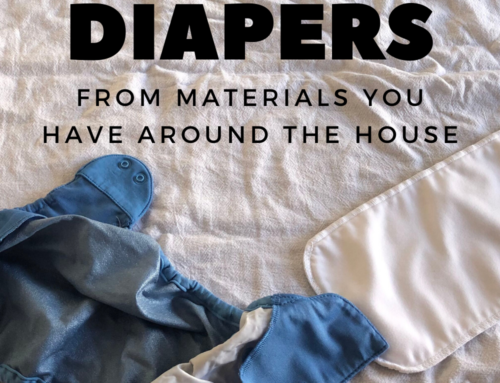
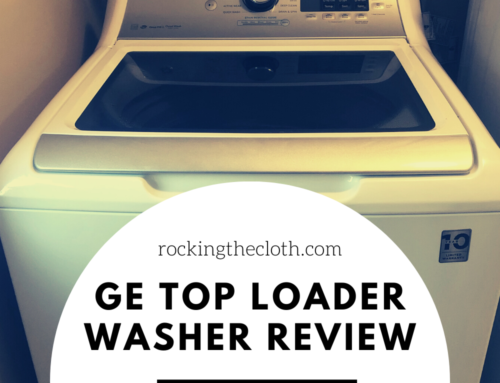
Hi,
Thank you very much for sharing with us such an important blog. If I did not read this blog I can not find the details about E Cloth vs Norwex. This blog will be very helpful who want to know which products are best for cleaning home. The most important thing I just learn from here is two of the biggest brands of microfiber cleaning products are E Cloth and Norwex. I will definitely share this blog with my friends.
What a great job! The ease of navigating through your site is GREAT!Thanks for the effort and time you incurred in creating this excellent and lovely article. i am just getting to know the difference between E cloth and norwex.
My favourite brand is norwex; although i havent tried E cloth before now but i hope to try it anytime soon.
Thanks, Ola! I love Norwex, too, and I was so happy to find that E Cloth works just as well for a fraction of the cost!
Both brands are nice, but Norwex is nicer.. The only problem i have with Norwex, is that it is too expensive and sometimes I run out of money to purchase it.. E cloth works but not super efficient like Norwex, but it is cheaper that Norwex… To me I will choose Norwex over E cloths all time… Thanks..
Hello! What do you mean about E Cloth not being as efficient as Norwex? I haven’t noticed a difference in the efficiency since both work the same way. But maybe we can find a solution for you!
Thank you for this amazing post again, Holly. I have been thinking about which one is better between the two companies, E cloth and Norwex, but I keep struggling to give myself the needed answer. I can’t really identify the best because both companies sound good. But after reading this post, I don’t have choice than to pitch my tent with E cloth.Your explanations says it all, I appreciate the savings.
Thanks! Glad you found it helpful. 🙂
This was a really comprehensive evaluation of two microfibre cloths for detergent free cleaning. I am using Engo cloths but they are quite expensive too so I will be taking a closer look at the E cloth. You have raised some important issues as far as the use of chemical cleaners is concerned and if there are practical alternatives it is expedient to at least try them. You also made me aware of the microbeads in the microfibre cloths which I had not thought about and tended to throw my cloths in the washing machine. I will wash them by hand now.
Thank you for presenting a very logical case for microfibre.
Thanks, Judy! I know the shedding of microbeads is possible, but I’m not sure how bad it is in the grand scheme of things. All clothing/cloths that aren’t 100{9994046f29331ee04cc0b5e07eb28364315ea03ccc2f01b5a43e8b85b372d1e9} cotton (or 100{9994046f29331ee04cc0b5e07eb28364315ea03ccc2f01b5a43e8b85b372d1e9} natural fiber) are guilty of it, too. But I have been hand washing when possible and just tossing in the washer for when they are heavy soiled.
Wow! I love this, I haven’t used either before, but I’ve read a review on norwex before and it sounded okay. With the way you analysed both makes it easy to know which one is best to go for. I should take advantage of the E Cloth free shipping, I hope it won’t take forever before it gets to me, my recent experience on free shipping isn’t cool at all. Thanks Holly
Thankfully my free shipping from E Cloth came on time with no issues. Hope it’s the same for you! 🙂
Hi Holly, microfiber is great for cleaning and one good thing about it is that it is quite multi-functional. There are so many benefits of using microfiber and I am glad that you listed them out. I have not really heard about Norwex or E cloth before, so I can’t say which is better. However from your review, I think E cloths wins. Thanks for your wonderful review on E cloth and Norwex cloths.
Thanks!
I’ve been using the Norwex rag for ten years and its quality and durability are great.Never heard of E-Cloth products. The last time the Norvex rag was about four years back, but now it’s time to buy a new one.I checked availability and prices here in Latvia. Norwex costs €11.99, while E-Cloth is available only on Amazon dot de for about the same price with shipping costs. I’m going to order Norvex.
Glad you found what works for you. That’s a great price. Norwex is much more expensive to us here in the states.
I like the comparison of both products, E Cloth and Norwex. I started using many microfiber cleaning products when my wife gave birth to our first child because of most cleaning solutions containing harmful chemicals which can affect little kids.
I have used many of Norwex products like Wool Dryer Balls & Kitchen Cloth. I can say they are wonderful. I have not tried E Cloth, though. Thanks for the informative post about the two products.
Glad you found it helpful!
The Norwex cloths don’t have a layer of silver. It’s imbedded in the fibers. Also, Norwex has a two year guarantee.
Thanks Barbara!